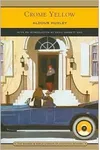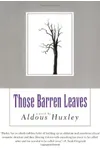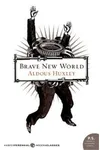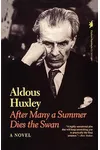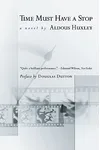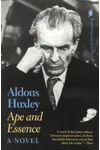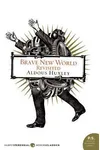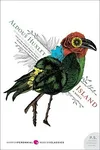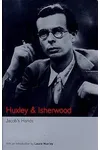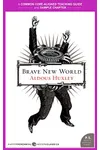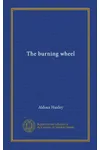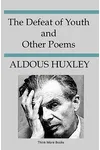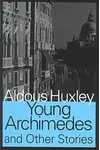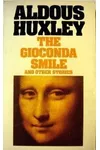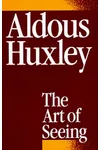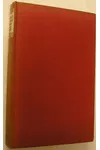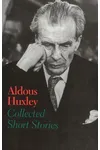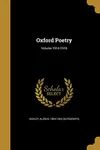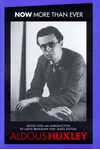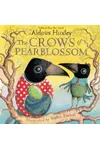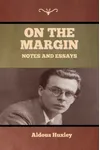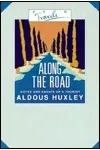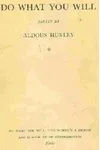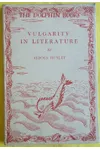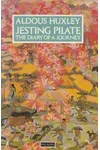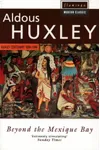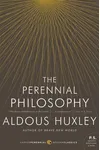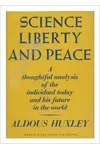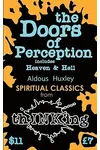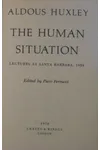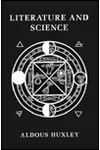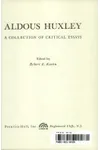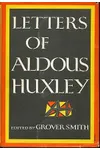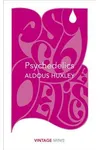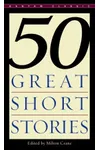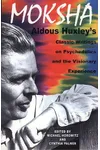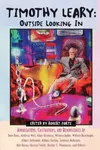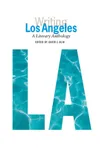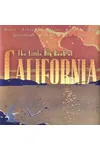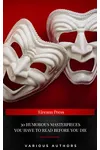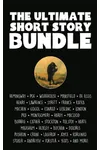Picture an English visionary who peered into the future and warned us of a world too comfortable for its own good—meet Aldous Huxley! Best known for his dystopian classic Brave New World, Huxley penned 47 books that blended sharp wit, mysticism, and a knack for spotting where humanity might stumble. His life, marked by overcoming partial blindness and a relentless curiosity, shaped a legacy that still sparks big ideas today.
The Making of Aldous Huxley
Born in 1894 in Godalming, England, Aldous Leonard Huxley grew up in a family of intellectuals. His grandfather was a famed biologist, and his father a writer—talk about a head start! A bacterial infection at 16 left him partially blind, but Huxley adapted, using magnifying glasses to read and later typing his manuscripts. He studied at Oxford, where his love for literature and philosophy bloomed, setting the stage for a career that would challenge how we see the world.
Aldous Huxley’s Unforgettable Stories
Huxley’s masterpiece, Brave New World (1932), paints a chilling future where humans are genetically engineered, pacified by a drug called Soma, and lulled into conformity. Its eerie predictions about technology and control still resonate—hello, modern surveillance! His 1954 non-fiction work, The Doors of Perception, dives into his experiments with mescaline, exploring mysticism and human consciousness with a poetic flair. Island (1962), his final novel, flips the dystopian script, imagining a utopian society rooted in balance and mindfulness. Huxley’s style—cerebral yet accessible, blending satire with soulful questions—made his work timeless.
His essays, like those in Ends and Means (1937), tackled big ideas: peace, spirituality, and the perils of unchecked progress. Whether fiction or non-fiction, Huxley had a gift for making readers think deeply while keeping them hooked with vivid prose.
Why Aldous Huxley Matters
Huxley’s work didn’t just entertain—it warned and inspired. Brave New World remains a cornerstone of dystopian literature, influencing writers like George Orwell and shaping how we question technology’s role in society. His explorations of spirituality and consciousness paved the way for the counterculture movement of the 1960s. Even today, his ideas challenge us to balance progress with humanity, making him a thinker for every era.
About Aldous Huxley
- Born: July 26, 1894, Godalming, England
- Key Works: Brave New World, The Doors of Perception, Island
- Died: November 22, 1963, Los Angeles, California
- Fun Fact: His partial blindness led him to master touch-typing!
Snag Brave New World or The Doors of Perception and dive into Huxley’s mind-bending world of ideas!
